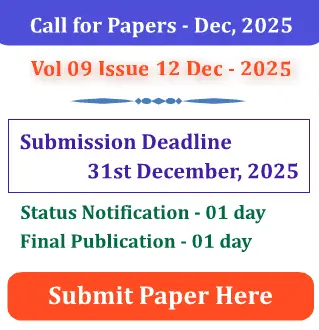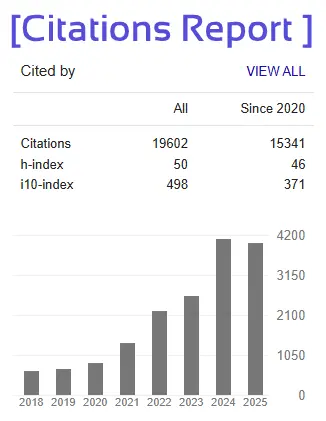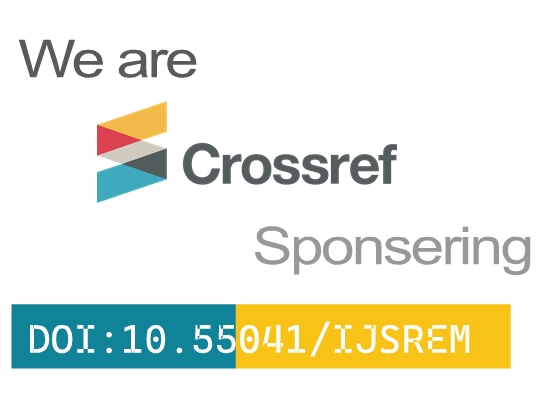- Version
- Download 796
- File Size 241.90 KB
- File Count 1
- Create Date 18/07/2023
- Last Updated 18/07/2023
A STUDY ON THE AWARENESS OF GOVERNMENT SCHEMES AMONG THE WOMEN ENTREPRENEURS IN COIMBATORE
Dr. K. VANAJA
Professor and Head
Department of Commerce with Professional Accounting Dr. N. G. P. Arts and Science College Coimbatore - 641048.
S.NAWIN KUMAR
III.B.Com (PA), Department of Commerce with Professional Accounting Dr. N. G. P. Arts and Science College
Coimbatore - 641048.
INTRODUCTION
Economically empowered women are also major catalysts for development. There is greater recognition of the positive relationship between increased economic activity by women and improved social outcomes. Women oftener reinvest their income in their children„s education, health, and nutrition. This has a positive impact on the potential for economic growth. Despite all this, there are still gender gaps in the entrepreneurial ecosystem. That the cause of financial inclusion and economic empowerment for women in India needs urgent policy intervention is brought home by several statistics. The world economic forum 2016 Gender Gap Report ranked India lowly 136 out of 144 countries in terms of economic Participation and opportunities for women. They also face disproportionately high barriers in starting and growing their business. Women-owned business in India are undercapitalized and continue to be concentrated in small, low-growth ventures. According to a recent IFC report, the total financial requirement of women- owned MSMEs in 2012 was around Rs.8.68 trillion and the total supply of formal finance was around Rs.2.31 trillion. This result in financing gap of Rs.6.37 trillion or 73% of total demand. Lack of collateral and low level of control over resources constrains women entrepreneurs from accessing formal finance. They also seem to be less educated, with lower work experience compared to men and have limited access to markets, technology and networks. India lacks a programmatic response to address these challenges. There has been an effort in recent years to improve the eco system for women, both in the public and private sector.The Government has been promoting women enterprise development under the umbrella of MSME development. Business development services provided including training, market access support, technology up gradation and credit facilities. A positive step by the Government in enhancing women entrepreneurship has been the establishment of Bharatiya Mahila Bank, India„s first all-women bank providing services predominantly to women. After the initial announcement that the Bharatiya Mahila Bank would participate in the mega- merger of State Bank of India and its subsidiaries, that fate of this bank is now in limbo, with the Cabinet undecided on its merger. . The state of women entrepreneurship in India thus still remains largely an under invested and under- investigated area very little is known about the entrepreneur. What motivate them, how they emerge and why they succeed. Ignorance of this demography in a serious blind spot in any effort to increase their participation in the economy. A positive step by the Government in enhancing women entrepreneurship has been the establishment of Bharatiya Mahila Bank, India„s first all- women bank providing services predominantly to women. After the initial announcement that the Bharatiya Mahila Bank would participate in the mega- merger of State Bank of India and its subsidiaries, that fate of this bank is now in limbo, with the Cabinet undecided on its merger. The reason for this flip- flop is unknown. But it is clear that the bank, launched just 3 years ago to promote women„s empowerment and financial inclusion, is still a low way with just 100 branches and a business of Rs.1.548 crore (March 2016), it„s operations are nascent.







